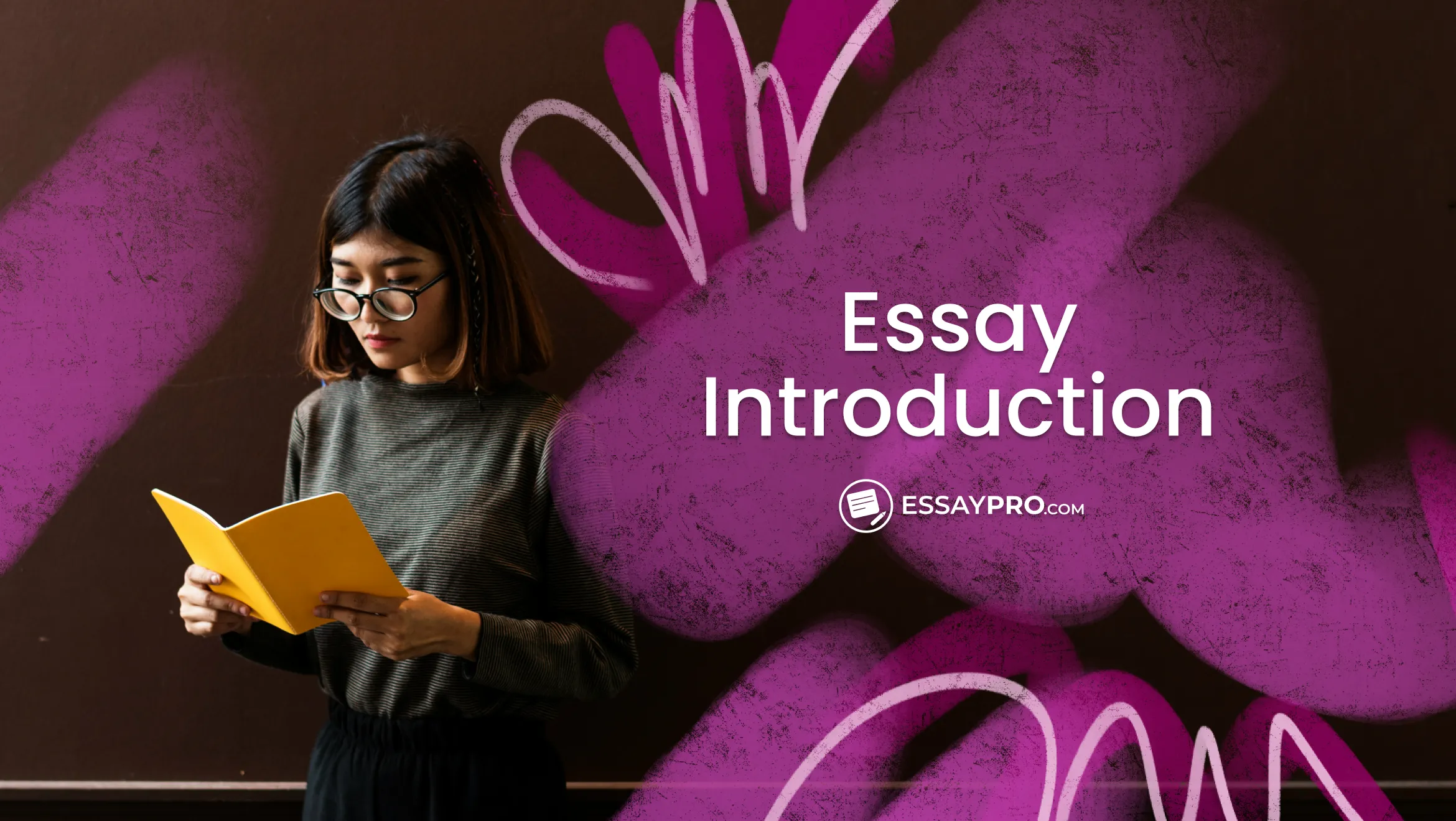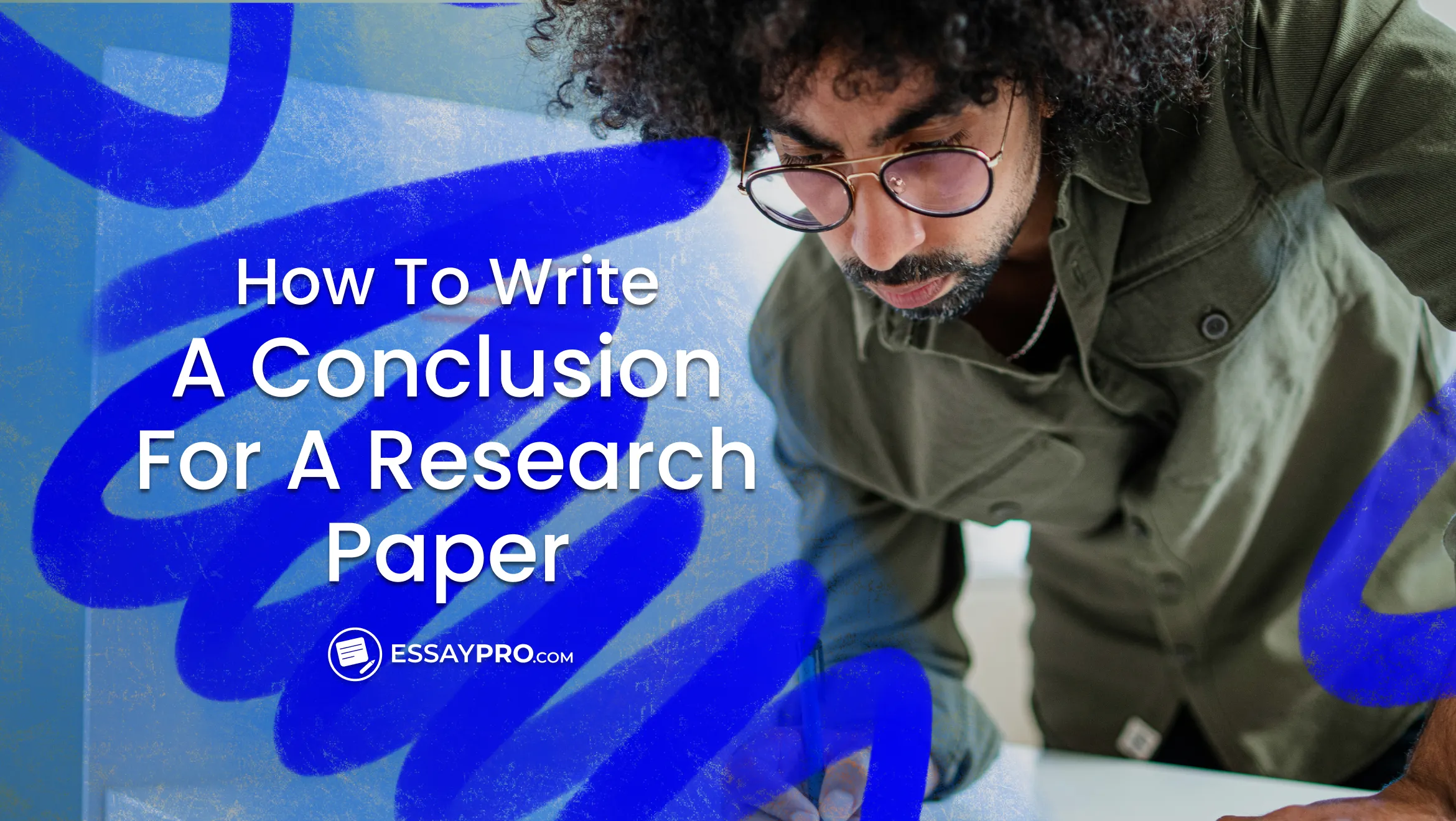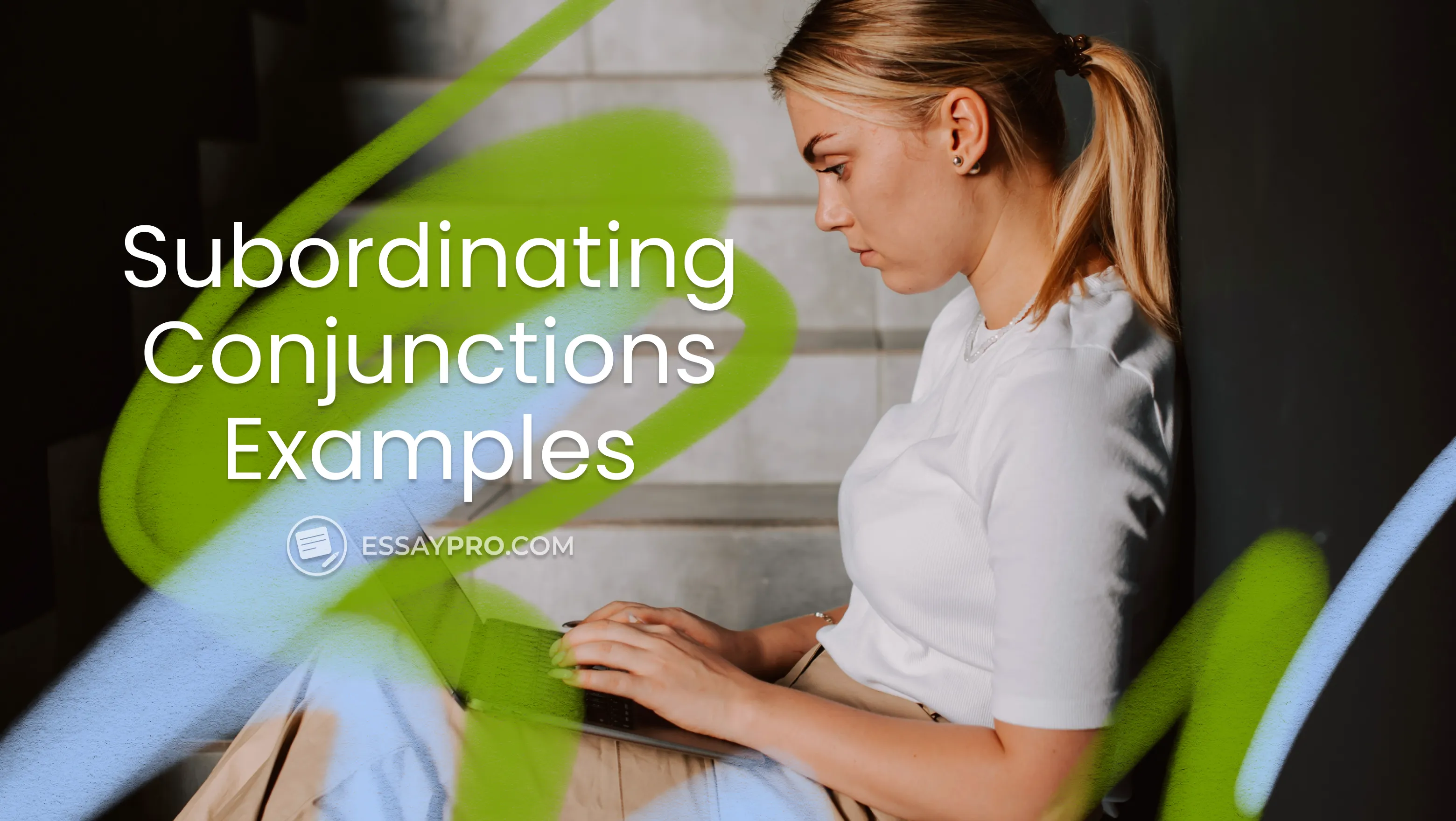You’re curled up with a good book. The plot is thickening, the hero’s on the brink of disaster, and you can’t wait to see what happens next. Suddenly, it hits you — why is it that every story you’ve ever loved has that moment of tension, that clash of wills, that battle to overcome something impossible?
That’s because conflict in literature is what pulls you in and keeps you hooked. It’s why you feel your heart racing when Harry Potter faces Voldemort or why you’re torn apart when Katniss has to decide between survival and morality. Conflict makes stories, period.
But did you know there are actually 7 types of conflict that shape every tale? Each one tests characters in a unique way and gives the story its flavor. Let’s uncover what these conflicts are and how they work in your favorite books.
What is Conflict in Literature?
Conflict in literature is when things don’t go smoothly for the characters — something (or someone) stands in their way. It could be a hero battling a villain, two friends having a falling out, or even a character struggling with their own fears.
Without conflict, you’d just have a series of events with no real stakes (and no reason to care). Conflict creates drama, reveals who the characters really are, and makes you want to know what happens next. It challenges characters to grow, change, or make tough decisions, and that’s what makes stories resonate. It’s what gives stories their punch, their twists, and those moments that stick with you long after you’ve finished reading.


Internal vs External Conflict
Internal conflict happens when a character battles something within themselves: self-doubt, guilt, or a tough moral decision. It’s the voice in their head saying, “You can’t do it” or “What if you’re wrong?” Think Frodo in The Lord of the Rings, torn between his duty and the corrupting power of the ring. It’s personal and deeply emotional.
External conflict, on the other hand, comes from outside forces: enemies, society, nature, or even fate. It’s Elizabeth Bennet facing social expectations and family pressure in Pride and Prejudice, or Odysseus braving monsters and gods to return home in The Odyssey. These conflicts push the character to act, react, and ultimately, change.
Let’s talk about both conflicts in more detail.
What is Internal Conflict?
Internal conflict definition is when a character struggles with their own thoughts, emotions, or desires, making it a personal and psychological battle. This type of conflict shows up as hesitation, guilt, fear, or even conflicting morals (basically, the stuff that keeps characters up at night).
One of the most compelling internal conflict examples is Jay Gatsby in The Great Gatsby. He’s torn between his dream of rekindling a lost romance and the harsh reality that people — and time — change. This internal struggle pushes him to make desperate choices, leading to tragic consequences.
Key characteristics of internal conflict include self-doubt and emotional tension. These conflicts make characters feel more human and relatable. They show us that even heroes can be plagued by fears and doubts, just like anyone else.
What is External Conflict?
External conflict definition is when a character’s biggest problems come from outside forces, like another person, society, or even nature itself. It’s all the stuff that happens to a character, pushing them to react.
One of the classic external conflict examples is in To Kill a Mockingbird. Atticus Finch faces the town’s deep-rooted racism while defending a Black man accused of a crime he didn’t commit. This puts him at odds with nearly everyone around him, creating tension and hostility.
External conflict is what throws characters into action. It’s the challenges and showdowns that get your heart racing. It’s them against the world, and you can’t help but root for them as they fight to overcome whatever’s thrown their way.
Learn how to analyze symbolism in literature with our detailed guide: how to analyze symbolism in literature.
7 Types of Conflict in Literature
There are 7 main types of conflict in literature that shape every story, from epic adventures to quiet dramas. Each type throws unique challenges at the characters, making their journeys more compelling and relatable.
Let’s break down what each one looks like and how they work.
1. Character vs Character
Character conflict is when two people in a story clash because they want totally different things. It’s what happens when characters have opposing goals, values, or personalities, creating friction between them. It’s basically the classic showdown.
Take Sherlock Holmes and Moriarty, for example. Holmes is all about justice, while Moriarty thrives on chaos and crime. Every time they cross paths, their differences explode, making the stakes higher each time. Or think about Elizabeth Bennet and Mr. Darcy in Pride and Prejudice. Their conflict isn’t just about love — it’s about their prejudices and how they see the world.
This type of conflict keeps readers hooked because it shows how characters evolve (or don’t) when faced with someone who challenges them at every turn.
2. Character vs Society
Character vs society conflict is when a character goes up against social norms, rules, or expectations. It’s like when someone decides to speak out against what’s “acceptable” or “normal” and risks getting pushed back or judged for it.
A classic example? Think of The Catcher in the Rye. Holden Caulfield feels completely out of place in a world obsessed with rules and “phonies.” He’s genuinely struggling to find his place in a society that doesn’t make sense to him. Or look at The Hunger Games. Katniss fights against the Capitol’s cruel system, standing up to a society that thrives on inequality and violence.
This type of conflict shows what happens when someone stands up for what they believe in, even if it means going against the grain and facing serious consequences.
3. Character vs. Nature
What does character vs nature mean? It’s when a character has to survive or confront the forces of the natural world, like extreme weather, dangerous landscapes, or wild animals. This conflict type is all about how humans react when they’re up against something they can’t control or predict.
Think of Life of Pi, where Pi is stranded in the middle of the ocean with a tiger. Or Jack London’s To Build a Fire, where the protagonist fights against freezing temperatures in the Alaskan wilderness. These stories show how nature can be both beautiful and deadly, forcing characters to rely on their instincts and sheer determination.
When characters face nature, it’s a test of their strength and adaptability, showing us just how far someone will go to survive.
4. Character vs Technology
Character vs technology happens when a character finds themselves up against machines or tech that’s gone off the rails. This could be battling AI, dealing with a robot uprising, or simply struggling with technology they can’t control.
One great example is Frankenstein by Mary Shelley. Dr. Frankenstein thinks he’s pushing science forward by creating life, but his creature turns out to be more than he can handle, leading to a tragic fallout. Or look at Player Piano by Kurt Vonnegut, where society is completely automated and machines have taken over human jobs, leaving people feeling useless.
These stories show what happens when technology overpowers its creators, making us wonder if we’re really the ones in control. It’s the kind of conflict that reminds us that innovation comes with risks, and sometimes, those risks come back to haunt us.
5. Character vs Supernatural
What is character vs supernatural? It’s when a character faces forces beyond the natural world: ghosts, monsters, magic, or anything that defies logic and reason. These conflicts put characters up against something they can’t fully understand or control.
A classic example is Dracula by Bram Stoker, where characters must battle a powerful vampire with abilities that defy human limitations. Similarly, in The Haunting of Hill House by Shirley Jackson, the characters face terrifying, unexplainable occurrences that seem to be driven by a malevolent spirit.
This conflict type creates suspense and makes readers wonder what’s real and what’s not. It’s the kind of conflict that keeps you on the edge of your seat, as characters have to figure out how to deal with something far beyond the ordinary.
6. Character vs Fate
Character vs fate is when a character struggles against a predetermined destiny or tries to escape a future that seems set in stone. This conflict deals with the feeling of being trapped by a force you can’t control, whether it’s destiny, prophecy, or even just bad luck.
Think about Oedipus Rex by Sophocles. Oedipus spends his whole life trying to avoid a prophecy that he’ll kill his father and marry his mother, only to end up doing exactly that. It’s tragic because no matter what he does, fate catches up with him.
In these stories, characters wrestle with the idea of control. Do their choices really matter, or are they just following a script? This type of conflict makes readers question the role of free will and whether we can truly change our own fate.
7. Character vs Self
What is character vs self? It’s when a character is fighting their own thoughts, emotions, or desires. It’s that inner struggle everyone goes through at some point, dealing with fear, guilt, or making a tough choice. Basically, it’s when the character becomes their own worst enemy.
Think of The Catcher in the Rye. Holden Caulfield spends most of the book fighting himself. He’s caught between wanting to protect his innocence and the reality of growing up. He can’t seem to reconcile who he thinks he should be with the person he really is. Or take Hamlet, who’s paralyzed by indecision and self-doubt.
These conflicts are super relatable because, let’s be honest, we all overthink things and get in our own way sometimes.
If you need a detailed review for your research, you can easily buy literature review from our expert writers.
Writing Prompts for Conflict in Literature
Looking to create some intense drama in your story? Here are some creative writing prompts to help you explore different types of conflict in literature:
- List out all the conflicts your main character faces. What’s the biggest internal struggle they’re dealing with, and what external forces make it worse?
- Imagine a character facing their worst fear. How would they react if confronted with this fear? What choices would they make, and how would it change them?
- Think about a moment when your character’s beliefs are put to the test. What’s something that would push them to question everything they thought they knew?
- Create a situation where your character has to choose between loyalty and personal gain. What happens when doing the right thing means losing something important to them?
- Have your character go up against a powerful institution. What’s at stake if they lose? How does society respond to their resistance, and what are the consequences?
Want to explore new literary movements? Take a look at our comprehensive guide on modernism in literature.
Tips for Writing About Different Types of Conflict in Literature
Creating engaging conflict is all about making it feel real. Check out these tips for writing different types of conflict in literature in a way that feels authentic and engaging:
Each conflict type lets you explore different sides of your characters and the world they live in. When you understand how to write these conflicts well, it’s easier to keep your readers hooked and your story moving forward. Use these tips to dig deeper into your characters’ struggles and bring your story to life!
Need help with a literature review? Write my literature review for me with our expert services.
Perfect Literary Analysis Essays!
Get in-depth analysis on literary conflicts from EssayPro’s experienced writers. Accurate, engaging, and tailored for you.
FAQ
What Are the 7 Types of Conflict in Literature?
The seven types of conflict in literature are: Character vs. Character, Character vs. Society, Character vs. Nature, Character vs. Technology, Character vs. Supernatural, Character vs. Fate, and Character vs. Self. Each type pits characters against different forces, whether it’s another person, societal expectations, natural elements, or even their own inner struggles.
What Is Conflict in Literature with Examples?
Conflict in literature is a struggle between opposing forces that drives the story. It can be internal, like Hamlet’s conflict with his own hesitation and guilt, or external, like Offred’s battle against a dystopian society in The Handmaid’s Tale. Each conflict tests a character’s beliefs, motivations, or values and is essential for character growth.
How to Identify Conflict in Literature?
To identify conflict in literature, look for moments where a character faces opposition. This could be from another character (Character vs. Character), society (Character vs. Society), or even their own thoughts (Character vs. Self). Pay attention to what the character wants and what’s stopping them from getting it. For example, if a character is stuck in a storm or facing the wild, it’s likely Character vs. Nature.

Daniel Parker
is a seasoned educational writer focusing on scholarship guidance, research papers, and various forms of academic essays including reflective and narrative essays. His expertise also extends to detailed case studies. A scholar with a background in English Literature and Education, Daniel’s work on EssayPro blog aims to support students in achieving academic excellence and securing scholarships. His hobbies include reading classic literature and participating in academic forums.
NY Book Editors. (2021, March). How to Create Conflict in Your Novel. NY Book Editors. https://nybookeditors.com/2021/03/how-to-create-conflict-in-your-novel/

%20(1).webp)




